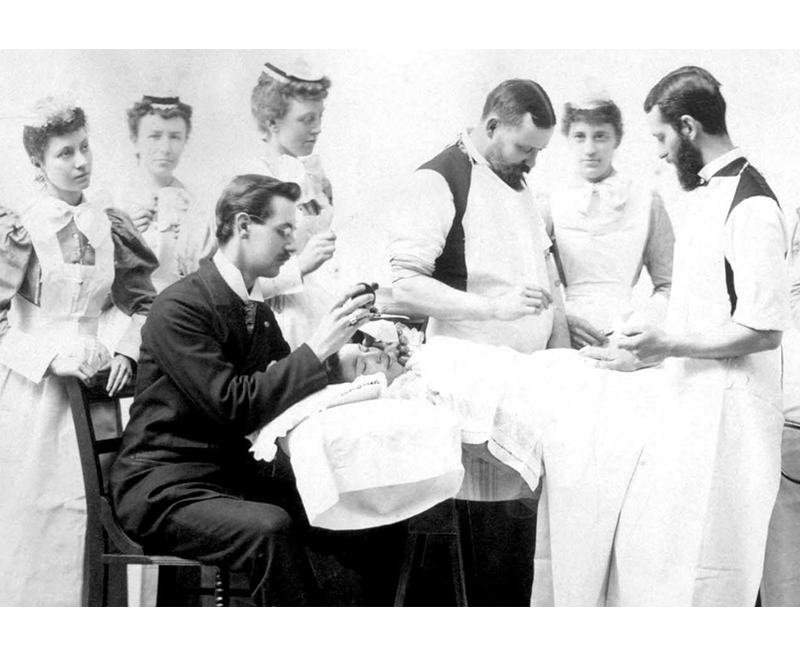
Hair transplantation is a field that is constantly evolving with technological innovations. While there is currently no cure for hair loss, hair transplantation offers a permanent solution. The origins of modern hair transplantation date back to the 19th century, when German medical student Johann Friedrich Dieffenbach conducted hair transplantation experiments on animals. In the 1930s, surgical techniques began with eyebrow and eyelash transplants in Japan and evolved into hair transplantation, which spread worldwide after World War II. Modern hair transplantation practices began in the 1950s with the work of Dr. Norman Orentreich in New York. Orentreich demonstrated that transplanted hair continued to grow, marking a significant advancement in the field of hair transplantation. In the 1980s, with the contributions of some Brazilian doctors, techniques were further developed and thousands of hair follicles were transplanted at one time using the microsurgical method of Dr. Rassman of the United States. In the following years, techniques such as Follicular Unit Transplantation (FUT), Follicular Unit Extraction (FUE), and Direct Hair Implantation (DHI) were developed. FUE was introduced to the literature in 2002 by Dr. Rassman and Dr. Bernstein. In 2007, it was transformed into robotic hair transplantation technology by modern doctors and experts. Hair transplantation has become a technology that offers permanent solutions in today's medical and aesthetic fields.
Hair transplantation is a specialized medical procedure in which hair follicles are taken from a donor area, usually the back or sides of the head, and implanted into areas of the scalp that are bald or thinning. The procedure is meticulously performed by a skilled medical team in a sterile environment to ensure safety and precision. Depending on the Hair transplantation is a specialized medical procedure in which hair follicles are taken from a donor area, usually the back or sides of the head, and implanted into areas of the scalp that are bald or thinning. The procedure is meticulously performed by a skilled medical team in a sterile environment to ensure safety and precision.
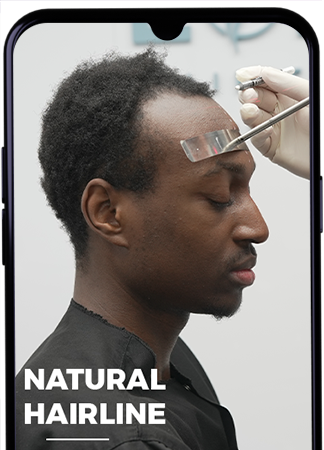
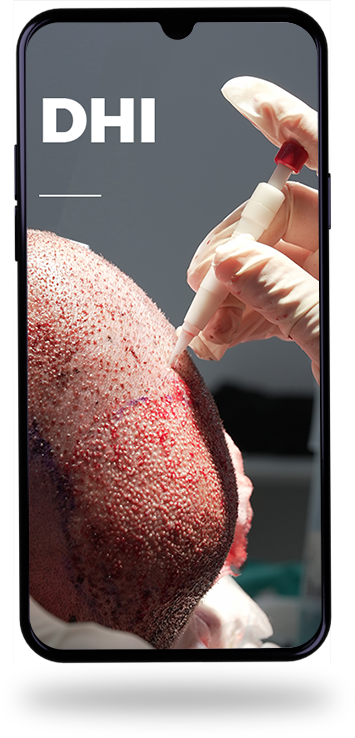
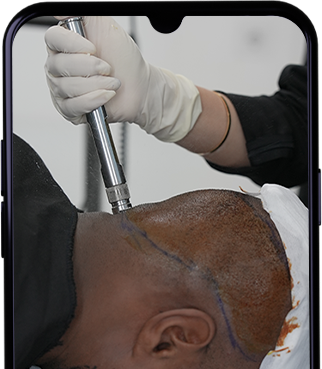
Depending on the size of the area being restored, the procedure can take anywhere from 6 to 10 hours. Careful application of the correct technique is critical to the success of the procedure. Hair transplantation offers significant psychological benefits, as it can restore a person's self-confidence and improve their emotional well-being in social settings. The improved appearance can have a positive impact on a person's personal and professional life, fulfilling not only aesthetic desires but also long-held dreams of hair restoration. While there are several methods of hair transplantation, they all share a common goal: to restore hair in a way that looks natural and permanent. The use of local anesthesia makes the procedure virtually painless, allowing patients to remain awake and comfortable throughout the procedure. Although Follicular Unit Transplantation (FUT) is not the preferred method today, techniques such as Follicular Unit Extraction (FUE) and Direct Hair Implantation (DHI) are widely used. And with modern advancements, recovery times are shorter and results are more natural looking than ever before. This combination of medical expertise, careful planning, and state-of-the-art techniques is making hair transplantation an increasingly popular choice for those seeking to address hair loss.
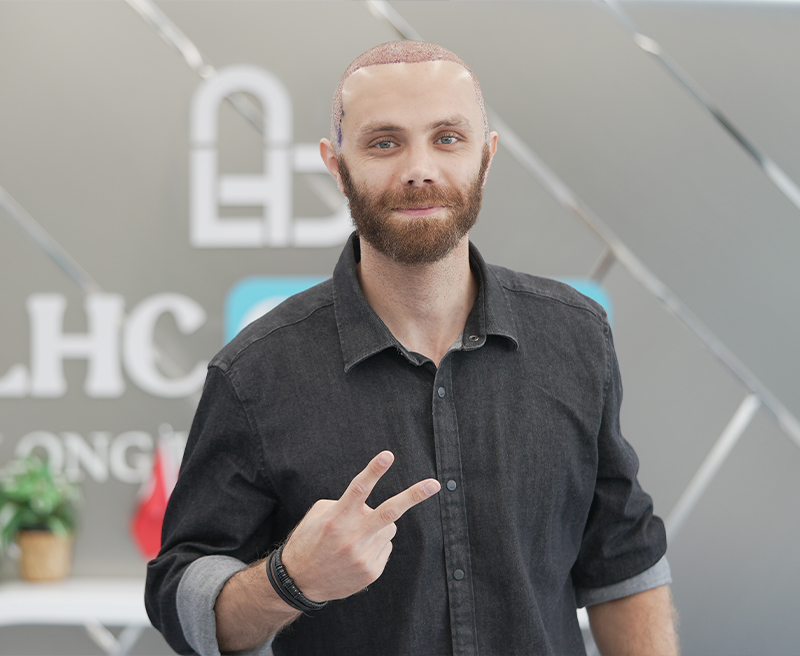
A hair transplant operation should be performed in a hospital environment under sterile conditions by a fully qualified and experienced medical team. There are various techniques for hair transplantation, and the most suitable method depends on individual factors such as age, gender, hair type, the rate and pattern of hair loss, the quality of the donor area, and the level of baldness. The most common techniques include
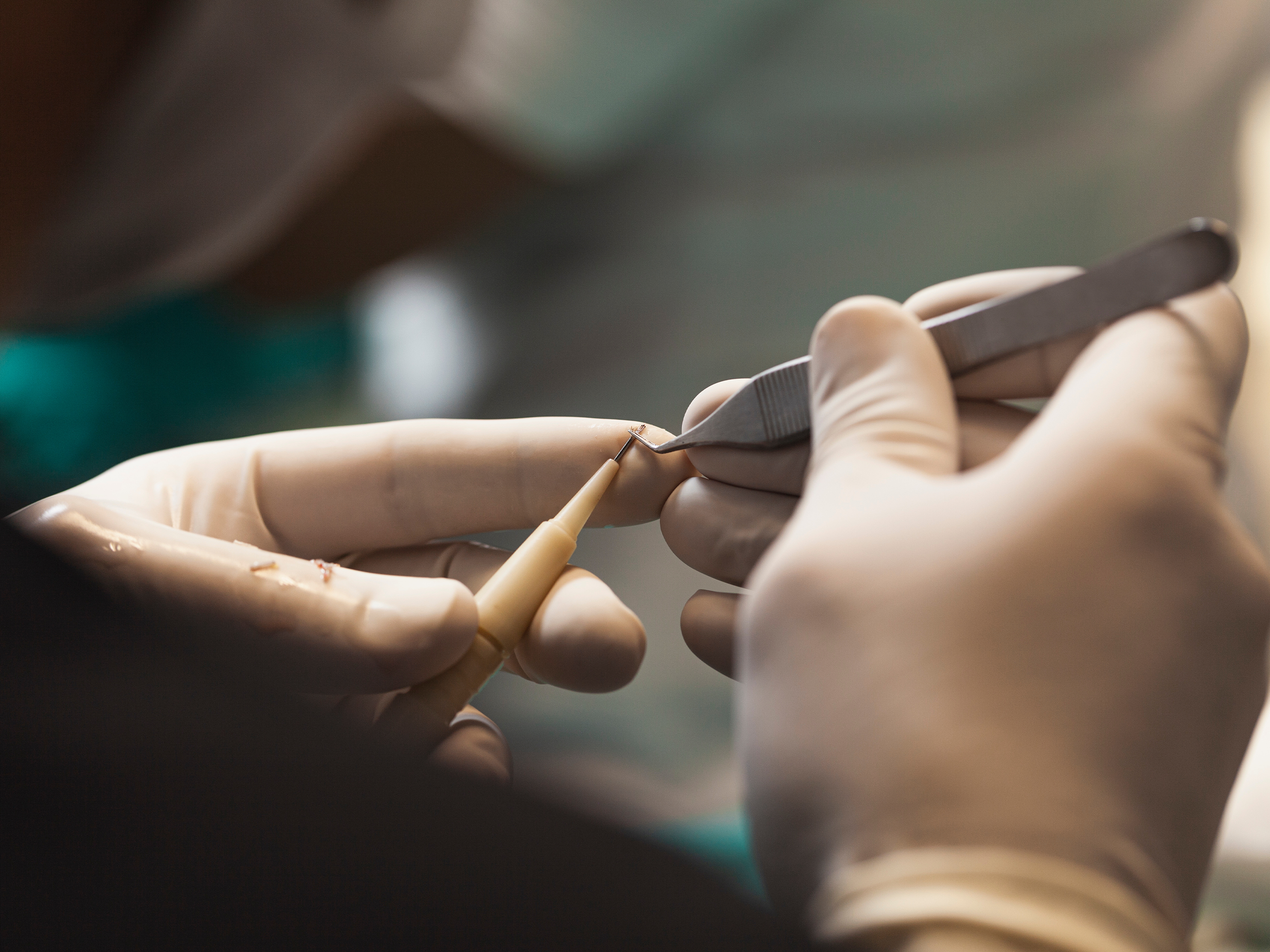
The hair grafts are extracted from the backside of the head, which we determine as between two ears and above the neck. The reason for choosing this specific area as a donor (extraction zone) is that the hair grafts in this region are genetically encoded against inherent hair fall. If the extraction process from this region is performed with better quality artistry, hair fall will never occur for a lifetime. Therefore, we take the hair grafts from the backside of the head, which we call the donor area.
The hair roots are homogeneously extracted one by one with the help of the latest technology system called the FUE method. After the process is over, the hair will never grow the place taken from since it is taken with its root, but it will not be visible since it is done with cater-corner homogeneously
After the hair transplant has been done, our medical consultant assistant will, without stint, follow the whole process with you until you achieve the best result. We will describe to you the growth process of all the hair grafts, respectively.
1-On the 10th day, the process of cleaning scabs will be done.
2-After one month, implanted hair begins to shed moderately.
3-The implanted hair enters the shock hair loss during the 2nd, 3rd, or 4th month, called the resting phase. During this process, you will face a view as if no hair transplant has been done.
4-At the end of the 4th month, the implanted roots will gradually start to grow progressively, and each month will grow faster and more hair than the previous month.
5-In the 7th month, almost 70% of the transplanted hair ultimately grows.
6-All transplanted hairs may take 12 months for the front zone and 14 months for the crown region to grow
The regrowth period of the transplanted hair may vary from person to person. It is a fact that hair roots come out earlier or later than expected, depending on a person's habits such as smoking, alcohol, drugs, and eating habits.
We, as the Long Hair Center family, care about your having a pleasant time in Turkey. Therefore, your 1 family member or friend can come with you, and there is no extra charge like hotel and airport transfer.
Before the hair transplantation, the estimated number of hair grafts is given after the evaluation of pictures by doctor. We do not want to raise expectations too much, as the pictures can often mislead hair transplant doctors. Therefore, we do not want to give you the wrong information by saying a little less than the number of grafts we can implant. However, we work with the maximum number of hair grafts in every operation. While performing this extraction process, it is done completed by paying attention to the homogenization without harming the donor area. The number of grafts is essentially determined by the size of the person's planting area and the quality of the donor area. Of course, it is imperative how many grafts will be implanted, but implantation in good health is at least as necessary as the number of grafts. The grafts are found in groups in the donor area; they will come out simultaneously if you extract and implant them with their group. But if you cut these grouped grafts, for example, if you extract a graft with three hairs, reducing the number of hair strands to 2 or 1 will not be a successful hair transplant. No matter how high the number of grafts is, it is impossible to achieve a successful planting if they are not taken in good quality.
The hair transplant operation does not have a fixed duration of time. Depending on the grafts need of a person, this time period can be extended or shortened. The higher the number of roots, the longer the operations will take, and the longer the operation time. A healthy hair transplant should take a minimum of 6 hours and a maximum of 10 hours. This is the ideal time duration for both; patient's well-being and the graft's survival period.
People who are not satisfied with their first operation results, think that it is sparse, or whose donor area is too weak to achieve that number of hair grafts (to cover all the entire bald zone in one session) can have two operation sessions. 2nd session of hair transplantation is wholly related to the quality and abundance of the hair in the person's donor area. There is no problem if the number of hair grafts is sufficient to conduct the operation of a person who will have the second operation. However, if there is too much damage in the first session and the donor area is harmed enough to extract grafts again, performing the second session operation is not recommended. It will cause more damage to the donor area. You can have more transparent information about this situation when you show your pictures or direct examination to your hair transplant doctor.
Those who cannot have a hair transplant for the second time?
1.People whose donor area is damaged too much during the first session.
2.People who do not have enough hair in their donor area to cover enough broad recipient area.
